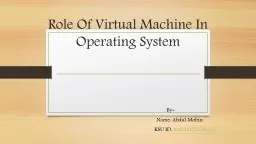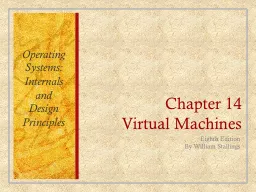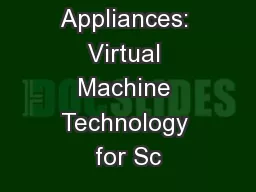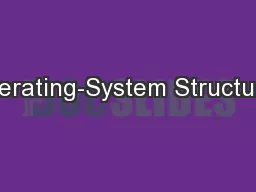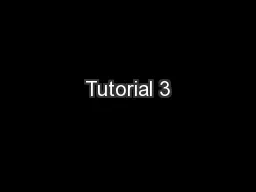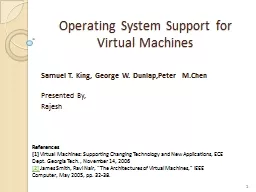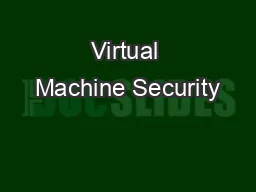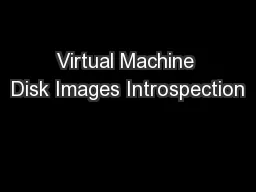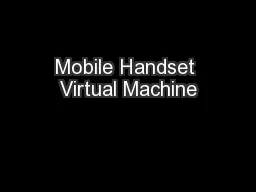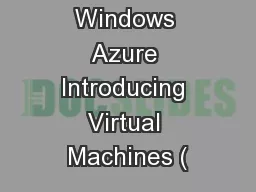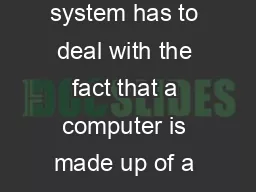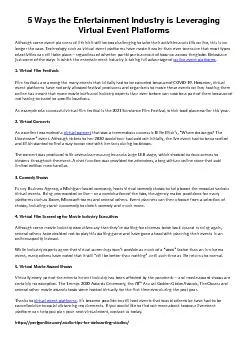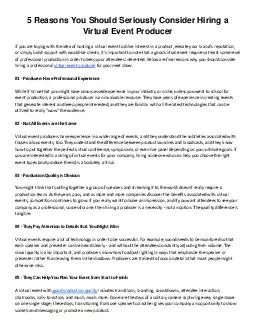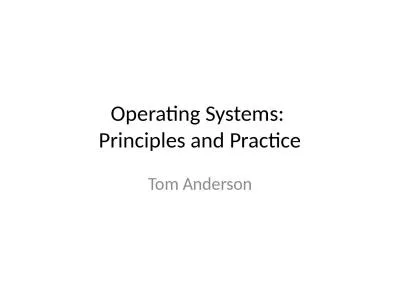PPT-Role Of Virtual Machine In Operating System
Author : danika-pritchard | Published Date : 2017-09-11
By Name Abdul Mobin KSU ID mabdulkentedu Topics to be covered Introduction to Virtual Machines History Introduction to Operating S ystem Basic Functions of Operating
Presentation Embed Code
Download Presentation
Download Presentation The PPT/PDF document "Role Of Virtual Machine In Operating Sys..." is the property of its rightful owner. Permission is granted to download and print the materials on this website for personal, non-commercial use only, and to display it on your personal computer provided you do not modify the materials and that you retain all copyright notices contained in the materials. By downloading content from our website, you accept the terms of this agreement.
Role Of Virtual Machine In Operating System: Transcript
Download Rules Of Document
"Role Of Virtual Machine In Operating System"The content belongs to its owner. You may download and print it for personal use, without modification, and keep all copyright notices. By downloading, you agree to these terms.
Related Documents

